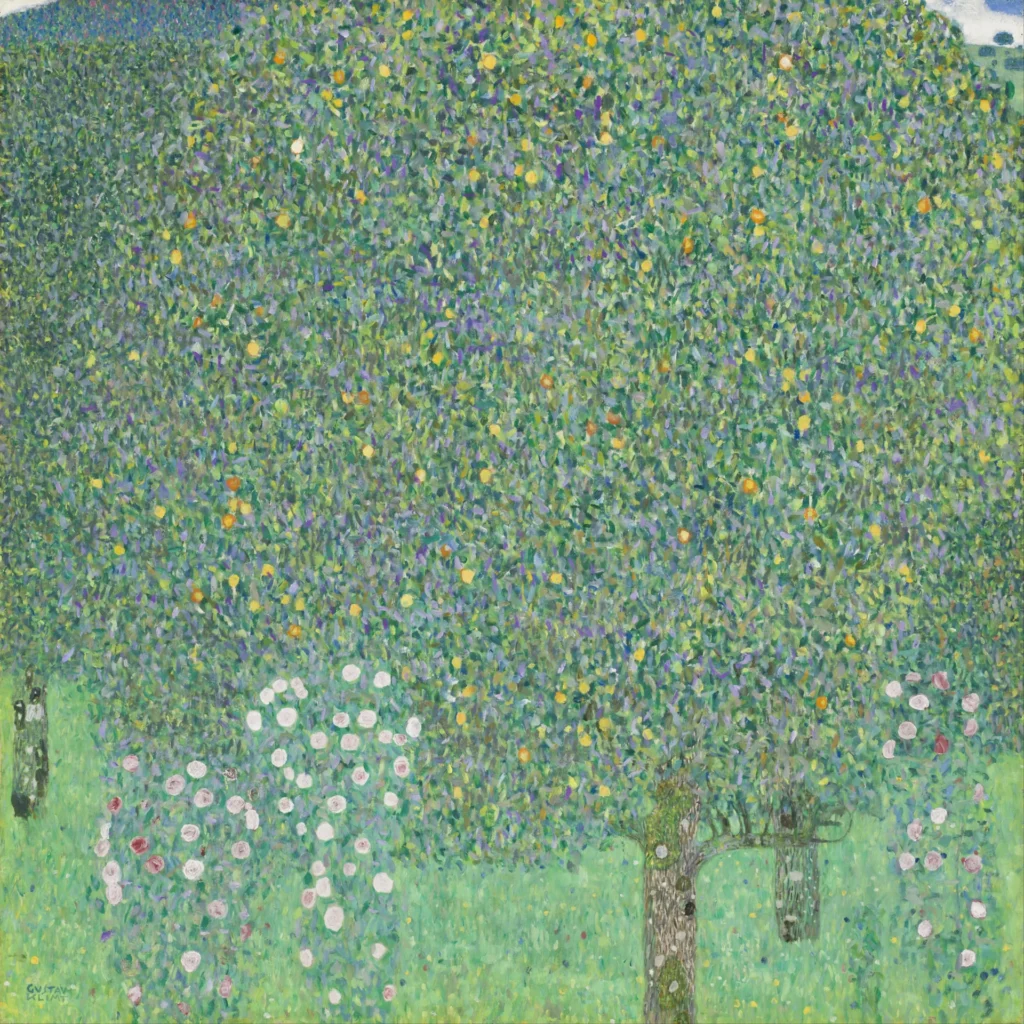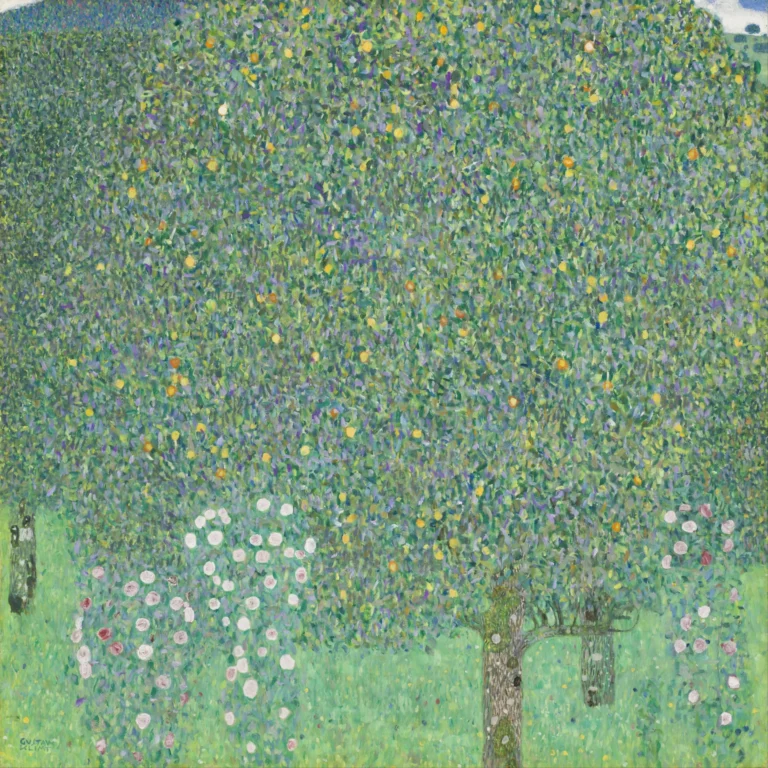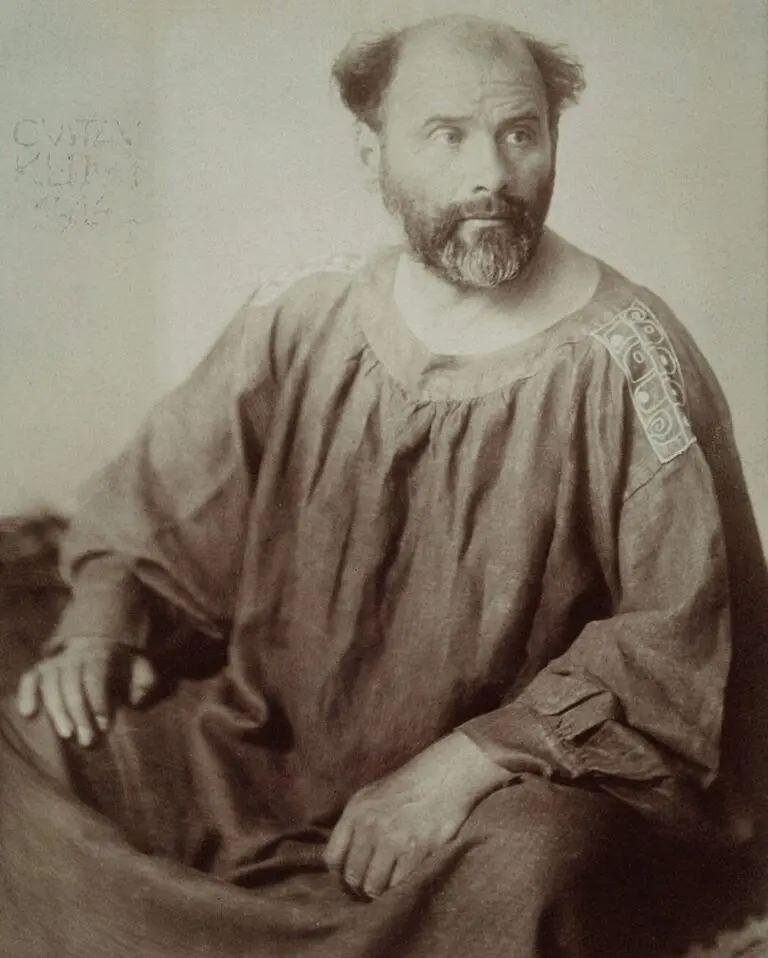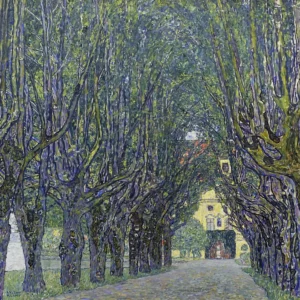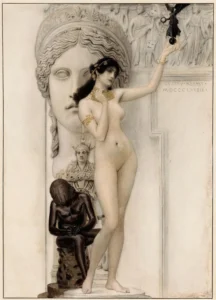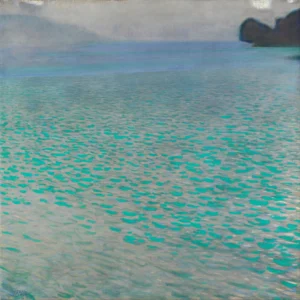Rosebushes under the Trees (circa 1905)
Gustav Klimt's Rosebushes under the Trees is a stunning oil on canvas painting created around 1905 during his summer holidays in Litzlberg. This artwork signifies Klimt's exploration of landscape, highlighting vibrant colors and organic forms reflective of the Vienna Secession movement. Measuring 110.0 x 110.0 cm, it beautifully juxtaposes floral and natural elements, showcasing his mastery in harmonizing nature with decorative artistry. Today, it resides in the esteemed Musée d'Orsay, Paris, illustrating the enduring legacy of Klimt's artistic journey and his contribution to the evolution of modern art.
1904 - 1905
About the Artwork
Painted during the serene summer months of 1904 and 1905 in the picturesque setting of Litzlberg, Austria, Rosebushes under the Trees represents a pivotal moment in Gustav Klimt's oeuvre. Known for his striking portraits and intricate gold leaf techniques, Klimt turned during this time to the lush landscapes surrounding him, seeking inspiration from the vibrant flora. This work reflects a significant departure from his established figurative themes, allowing him to experiment with color, texture, and form in a new context. The painting exemplifies the natural beauty of the Austrian countryside, seamlessly integrating Klimt's artistic flair with a profound appreciation for the landscape.
Did You Know
During the years leading up to the creation of Rosebushes under the Trees, Klimt was predominantly known for his portraiture and the intricate use of gold leaf in his works. This painting marks a significant shift as he embraced and celebrated the beauty of landscapes.
Rosebushes under the Trees is a vital component of the Vienna Secession movement, which aimed to promote modern art in its many forms. This movement featured various artists, including Egon Schiele and Koloman Moser, who, like Klimt, sought to break free from traditional artistic constraints.
Klimt’s legacy as one of the most important Austrian painters is solidified not only through his portraits and Symbolist works but also through his landscapes like Rosebushes under the Trees, which continue to captivate audiences and influence contemporary artists globally.




